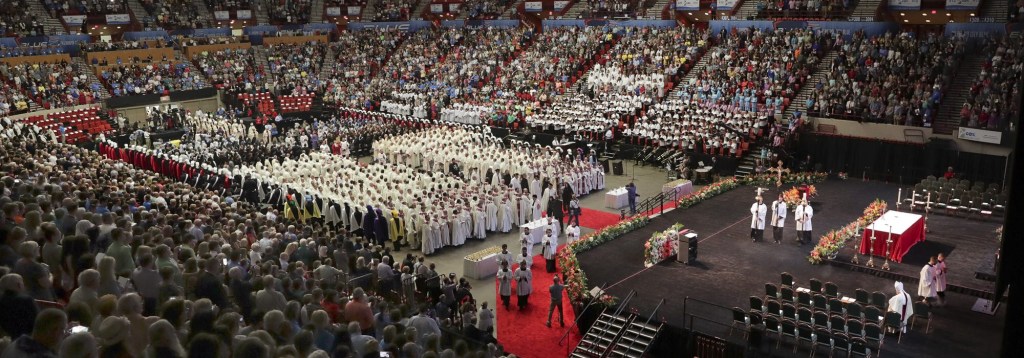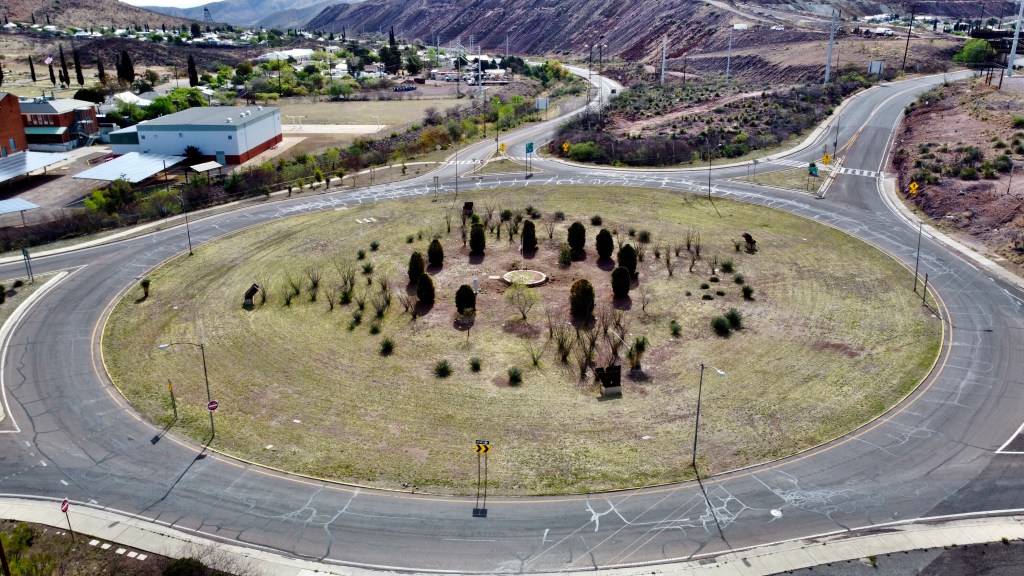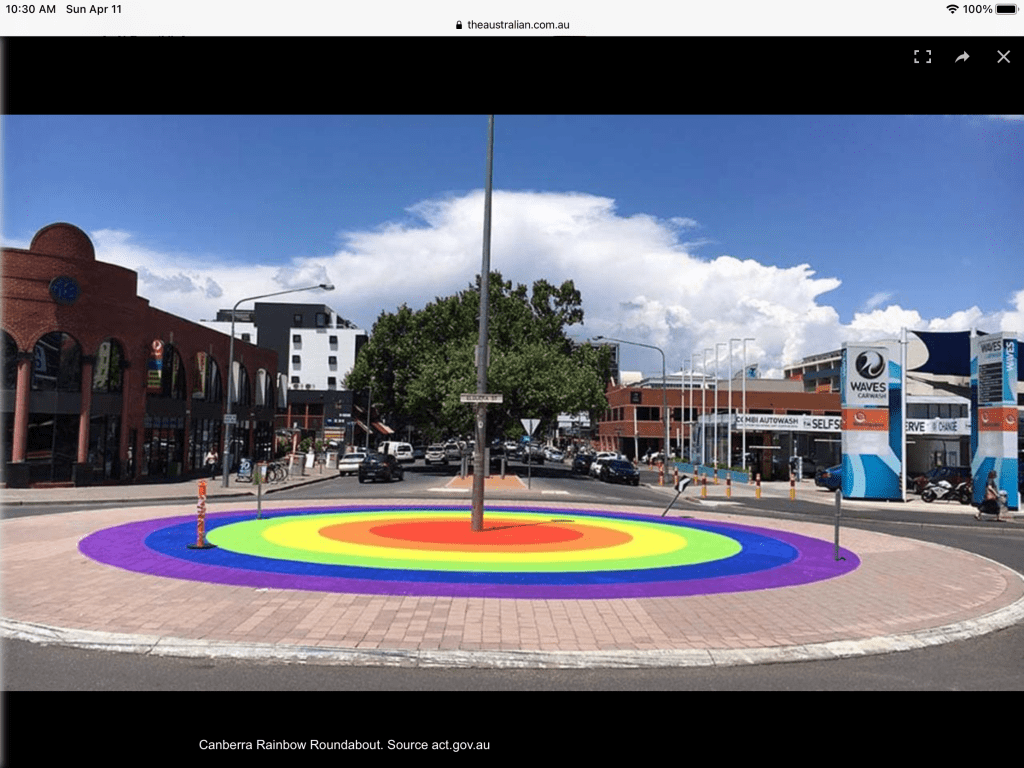Juan Pablo Ixbalan left his home in the village of Santiago de Atitlán, Guatemala. He crossed the lago in a small boat, a panga. Other parishioners accompanied him, and when they reached the shores of Panajachel, they began to walk.
They walked through the highlands and the jungles of Guatemala and crossed into Mexico. They did not have to hide or sneak across. They were expected and welcomed, and then they began to walk some more.
The pilgrimage took them a bit east and then north. They walked past villages and towns and along the outskirts of cities until they got to Reynosa, Tamaulipas. Here they headed into the city to continue their journey to the US border.
Again, they were expected and welcomed.
They persevered with their walk, knowing they’d already covered more than 1200 miles but had nearly 800 to go. At times they were joined by others for parts of the trip. Many who accompanied them were Guatemalans, but not all.
The pilgrimage continued to the small farming town of Okarche, Oklahoma. There they walked dirt roads, passing fields of corn, cattle, and wheat. Their walk ended, temporarily, in the birthplace of Father Stanley Rother who had been assassinated in the church rectory in Santiago de Atitlán in 1981.

Although the priest’s body returned to Okarche, he left his heart—literally—with the people of Santiago de Atitlán. The heart is buried under the church altar where Rother served the village he loved for so many years.
Juan Pablo and the others made the 2000-mile pilgrimage to honor Fr. Rother and to attend his beatification in September of 2017.
In 2015, thirty-four years after his murder, Father Rother was named a martyr by the Catholic Church. He was the first US-born priest to be named a martyr. The following year, Pope Francis approved his beatification and the ceremony was held in 2017.
Ixbalan and the other pilgrims were honored and well taken care of while in Okarche, staying in homes of local parishioners and eating, for the first time, fried chicken.
While in Okarche, Juan Pablo and the others had the opportunity to visit Stanley Rother’s childhood home. This is where he broke down in tears.
The sixty-three-year-old man wept for the memory of the priest who’d come to his village in 1968, when Juan Pablo was a teenager. The teen took to the priest quickly, although the man could speak none of the village language, Tzʼutujil.
While Rother had done poorly studying languages when he was in school and laughingly claimed to know fewer than a dozen words of Spanish upon his arrival in Guatemala, he learned the village’s language.
Juan Pablo remembered the man who’d worked side-by-side in the fields with the village men and could even fix the broken tractors.
He remembered the Father searching for—and sometimes recovering—bodies of the village’s disappeared. He remembered the priest setting up a fund for the widows and children of the disappeared. He remembered when the man started a village radio station. He remembered when Rother’s name appeared on the army’s death list.
After resting for some days in Okarche, Juan Pablo and the others began the final leg of their journey: to the Cox Convention Center in Oklahoma City, forty-one miles away.
This time the pilgrims were not alone. Some of Rother’s family and friends went with them and over time, hundreds joined them for the journey, especially on the last leg through the city to downtown.

Over 20,000 people showed up at the convention center for Fr. Rother’s beatification ceremony. Juan Pablo and others from his village participated in the liturgy.

Archbishop Paul Coakley conducted the ceremony. Of Rother he said, “Ultimately, if God calls a young man from Okarche, Oklahoma, to be a saint, to be beatified, to be a martyr, it reminds us that all of us, no matter our beginnings, our circumstances, are called to holiness as well.”






